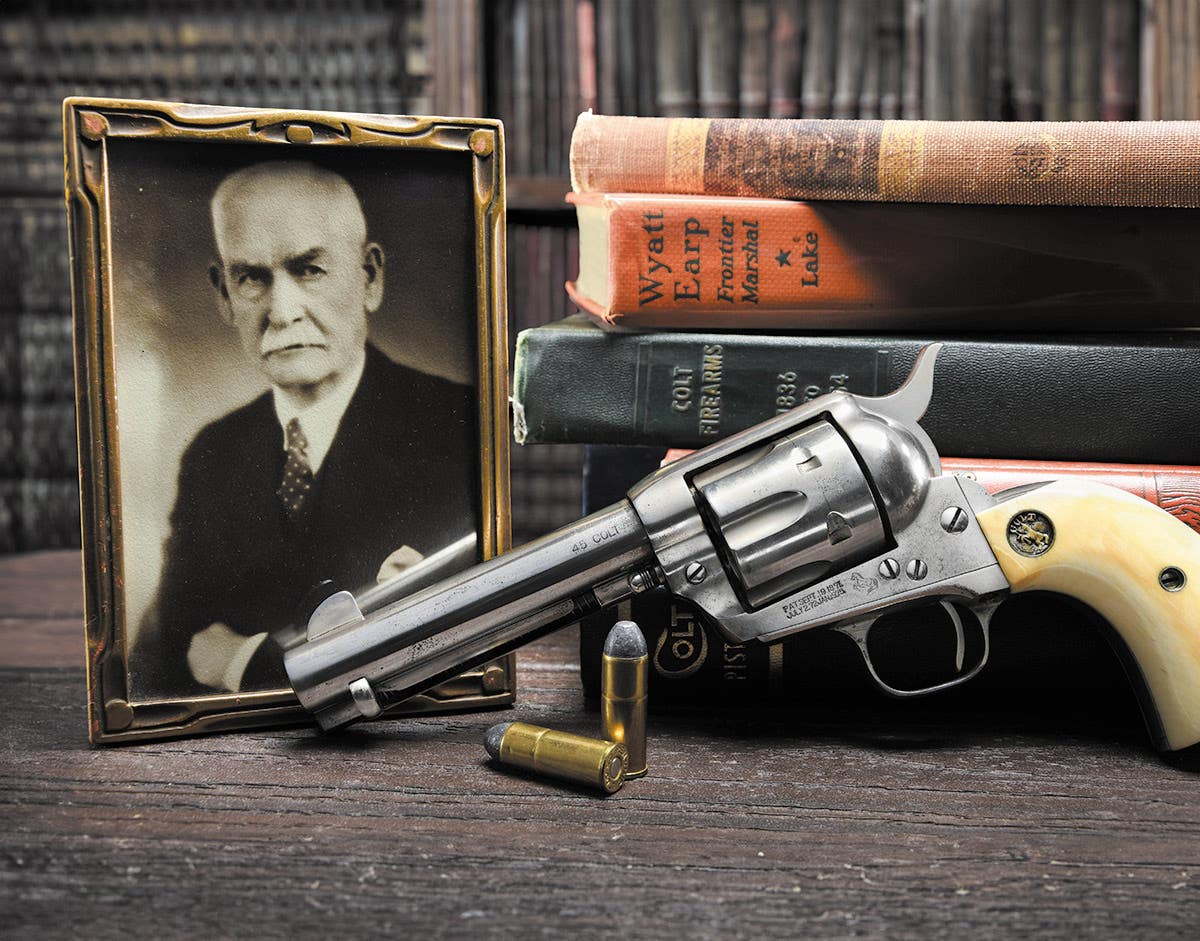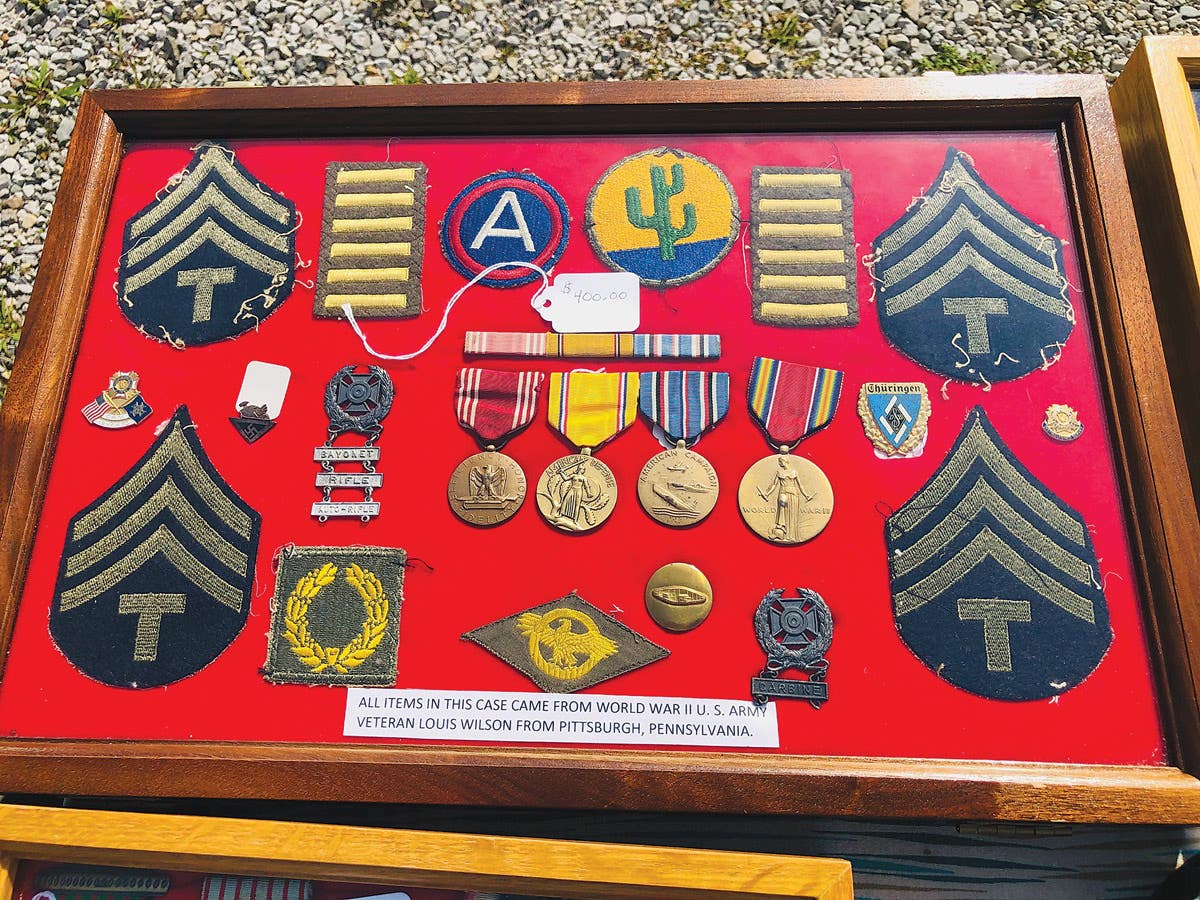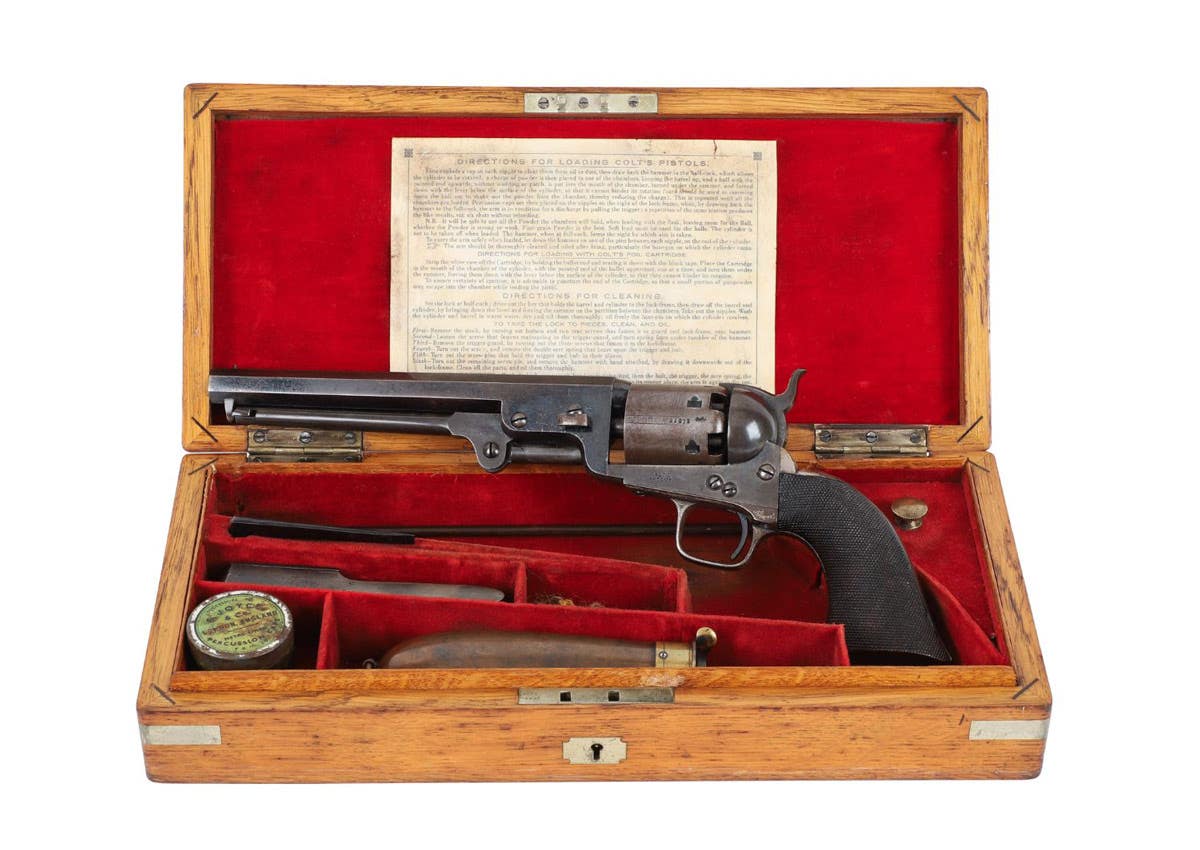Sudentendeutsche Partei (SDP): The pro-Nazi force in Czechoslovakia
Hitler’s plans for world domination were pursued in taking back lost German territories from WWI. This expansion included the 1918 allied-created country of Czechoslovakia.
The reverse is marked in German, “Entrance into the Sudetenland, Oct 5, 1938”. Chris William
When Adolf Hitler and the “Nationalsozialistische Deutsche Arbeiterpartei” (NSDAP – Nazi Party) came to power in 1933, they did so with the intention of conquering much of Europe by any means possible. Some of this was done in order to take back lost German territories seized from the empire following WW1, while the vast majority of new land in Hitler’s plans for domination would be used for “Lebensborn” (growing space for the idyllic “Aryan” people). One of the first in several territories that he pursued in the aptly named “flower wars” (where little resistance took place to the invading troops) was a portion of the 1918 allied-created country of Czechoslovakia.
The Sudeten Deutsch had flourished as a German speaking minority in the fringe areas of Moravia and Bohemia since the Middle Ages. Though ethnic Germans had lived in these areas for many generations, they still felt alienated from their predominantly Slavic neighbors, some of whom campaigned for a total Slavic state, which excluded any German influence. In 1903, the “Deutsche Arbeitertpartei” (DAP – German Workers’ Party) was created as an anti-Slavic, anti-Marxist, anti-Capitalist and anti-Catholic group that wanted greater representation in the state government. They were largely influenced by the Pan-German movement which sought to bring all ethnic Germans together in a unified Reich. The DAP had limited success with only a few of their members being elected to political office over the next 15 years. Then in 1918, the government expressed the impression that the German areas in the country would be able to move towards the self-governing of themselves. In light of this, the DAP changed its name to the Deutsch Nationalsozialistische Arbeiterpartei (German National Socialist Workers Party – DNSAP). For those with a more conservative view, the “Deutsche Nationalpartei” (DNP – German National Party) was created in 1919 as an alternative political faction seeking an independent government for the ethnic Germans. Following the Central Powers loss of WW1, the Allies drafted the Treaty of Saint-Germain-en-Laye which divided the Austrian Hungarian territory into a number of independent countries, and gave the Empire’s overseas possession of Tianjen, to China. During this time of restructuring, the country of Czechoslovakia was created in the southwestern part of the old Habsburg-Lorraine Monarchy. Though the 3,000,000 German citizens represented about 23 percent of the new country’s population, the Sudeten Deutsch people were not included in any government negotiations or functions until much later, after the war’s end. In addition to their lack of significant representation, many Sudeten Deutsch people found themselves being discriminated against due to their close ethnic and traditional connections to other Germans, more so than to the Czech Slavic people. Since the Czech government felt that the DNSAP and the DNP were threats to the new country, both groups were forced to disband in 1933.
with the addition of an SDP overcover after the group’s name changed.
Chris William
In October of 1933, the “Sudetendeutsche Heimatfront” (Sudeten German Homefront - SHF), a German nationalistic, anti-Czech, antisemitic, ethnic German group, was created by Konrad Henlein. Henlein was a Sudeten German who had honorably served as a front-line officer in the Austrian-Hungarian army during the Great War. He gave the appearance of an ordinary, “everyday man’s” politician advocating a gradual increase in German self-rule and passive separation from the Czechs. As head of the new organization, Henlein lobbied both on the continent and in Great Britain for Sudeten independence, with many foreign and domestic diplomats paying moderate attention. His members recruited new followers by exploiting the unemployed during the ongoing economic depression, and amplifying their perceived unfair treatment by the authorities. Hardened street fighters had sporadic outbreaks of violence with the Czech authorities who viewed the SDH as a radical group. Since the organization’s title sounded too militant to the government, Henlein renamed his party the “Sudetendeutsche Partei” (SDP – Sudeten German Party) in 1935 to appease the Czechs. In the same year, the SDP had grown enough to become the second largest group of representatives in the Czech parliament. Henlein tried to promote the group as not being anti-Czech, but rather more than willing to co-exist with the non-Germans in a peaceful, united country. Despite this, he and the SDP were secretly collaborating with the German NSDAP, having crucial decisions made for them and receiving funds from Berlin in order to help the fledgling SDP grow. During the early 1930’s the SDP spent vast sums of money and manpower, distributing a wide assortment of written propaganda, making numerous speeches at small meetings, and staging large public rallies to promote their cause. Later, with Adolf Hitler in firm control of Germany and eager to start his drive for land across Europe, Henlein met with the Fuhrer, Foreign Minister Von Ribbentrop and State Secretary von Weizsacker. During this meeting, they discussed the political strategies and intrigues that would enable a potential invasion and annexation of the Sudeten lands to Germany.
In early September of 1938, skirmishes broke out between the Sudeten Germans and the Czech government. “Henlein’s coup” began as loosely organized mobs of SDP members, infuriated by Hitler’s radio broadcasts denouncing their treatment by the authorities, attacked Czechs, Jews and policemen across the country, leaving 37 people dead. Martial law was declared and the violence mostly stopped by the Czech home defense guard. Several days later the SDP was joined by the “Sudetendeutsches Freikorps”, a hardened paramilitary group of Sudeten Germans trained in Germany. Deadly street fighting and sabotage continued with German “Sturmabteilung” (SA) and “Schutzstaffel” (SS) troops crossing the border and fighting alongside the Freikorps. The Czech Army moved in, quelled the violence in most areas, secured the border with Germany and began a full-scale mobilization.
As the violence intensified, Hitler publicly announced that innocent Germans were being murdered by the Czech authorities. He then threatened open war with Czechoslovakia, gambling that Great Britain and France, who were allied with the Czechs, would bend to his will rather than engage in another unpopular and bloody World War. On September 15, the SDP was banned by the Czech government as being a terrorist organization directly connected to the Nazi regime. At the same time, those SDP members not living in the Sudetenland area reformed under the name “Deutsche Volksgruppe in der Tschecho-Slowakei (German People’s Group in Czech-Slovakia – DVG), a group which lasted only until March, 1939. On Sept. 30, 1938, the “Munich Agreement” was signed by Germany, France, Great Britain and Italy in which Czechoslovakia gave Germany the Sudetenland in exchange for Hitler’s promise of future peace. Beginning on Oct. 1, 1938, German troops marched into the Sudetenland accompanied by cheering German crowds and waving Nazi banners, much of which was promoted by the banned SDP and their followers. With Hitler’s covert military assistance, his belligerent pronouncements agitating the Sudeten crowds, and calling France and England’s bluff, Nazi Germany was able to obtain 66 percent of Czechoslovakia’s coal, 70 percent of its iron and steel, 70 percent of its electrical power and thousands of new conscripts for the Wehrmacht. These would all be needed for Hitler’s future war, while simultaneously leaving the rest of Czechoslovakia at the mercy of the Nazi regime.
After the annexation of the Sudetenland into the Reich, Hitler continued to pressure the Czech government, viewing his early victory as a stepping stone for taking over the entire country. This would eventually lead to Czechoslovakia’s downfall and the establishment of the Nazi “Protectorate of Bohemia and Moravia”. Though they had helped the NSDAP considerably in achieving their goals, members of the SDP were not automatically enrolled in the Nazi Party since many of the German leaders did not trust them. They were instead, allowed to apply for membership in the NSDAP, of which 520,000 were later approved. Konrad Henlein joined the party and the SS, attaining the rank of “Obergruppenfuhrer” (Lieutenant General). In his new capacity, he enthusiastically oversaw the persecution of the ethnic Czechs, and the deportation of Jews and other “undesirables” to the killing factories of the 3rd Reich.
After the fall of the Nazi regime in 1945, Henlein was captured by American forces and held at the Pilsen barracks. On May 10, 1945, rather than facing the consequences for his war crimes, he committed suicide by slitting his wrists with his own broken eyeglasses. Following the allied occupation of Czechoslovakia, all Sudeten Germans who had remained in the country were expelled by the Czech government and sent to Austria or Germany.
Chris William has been a long-time member of the collecting community, contributor to Military Trader, and author of the book, Third Reich Collectibles: Identification and Price Guide.
"I love to learn new facts about the world wars, and have had the good fortune to know many veterans and collectors over the years."
"Please keep their history alive to pass on to future generations".







